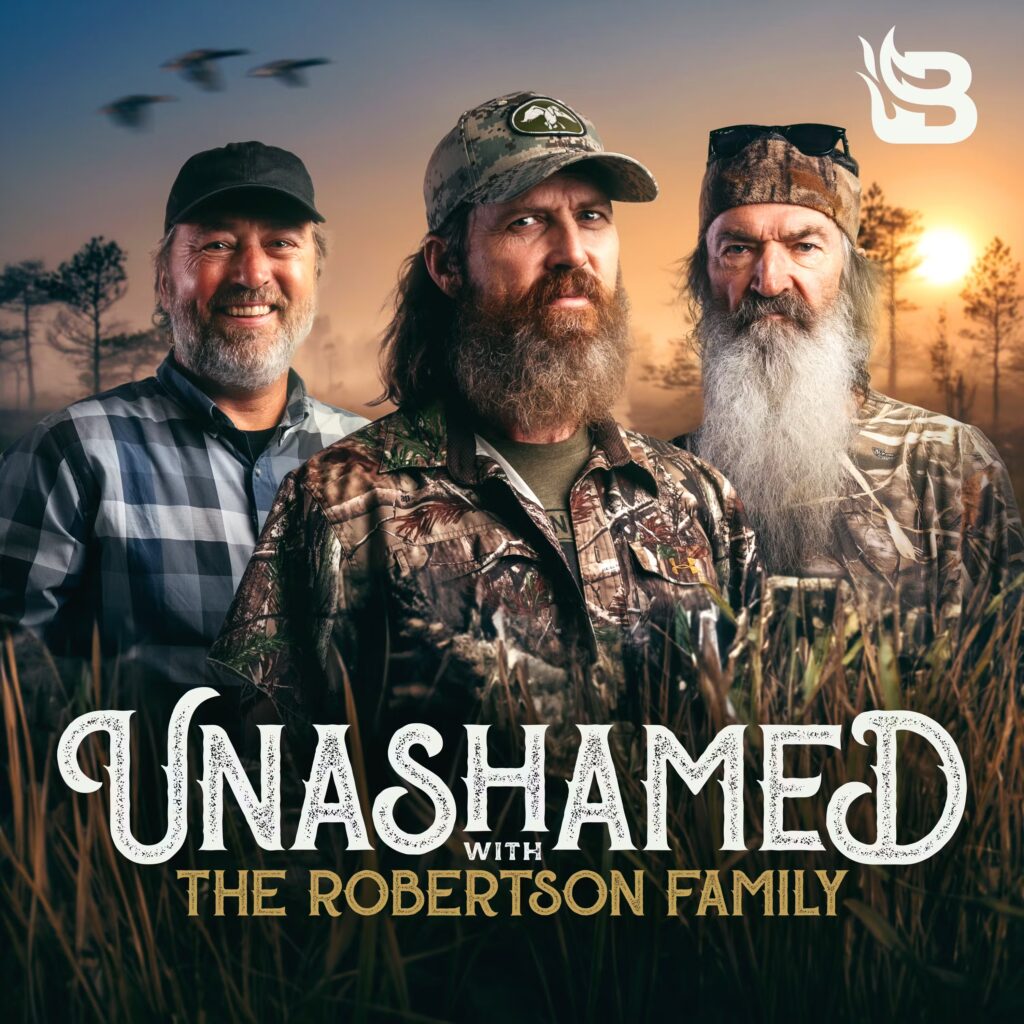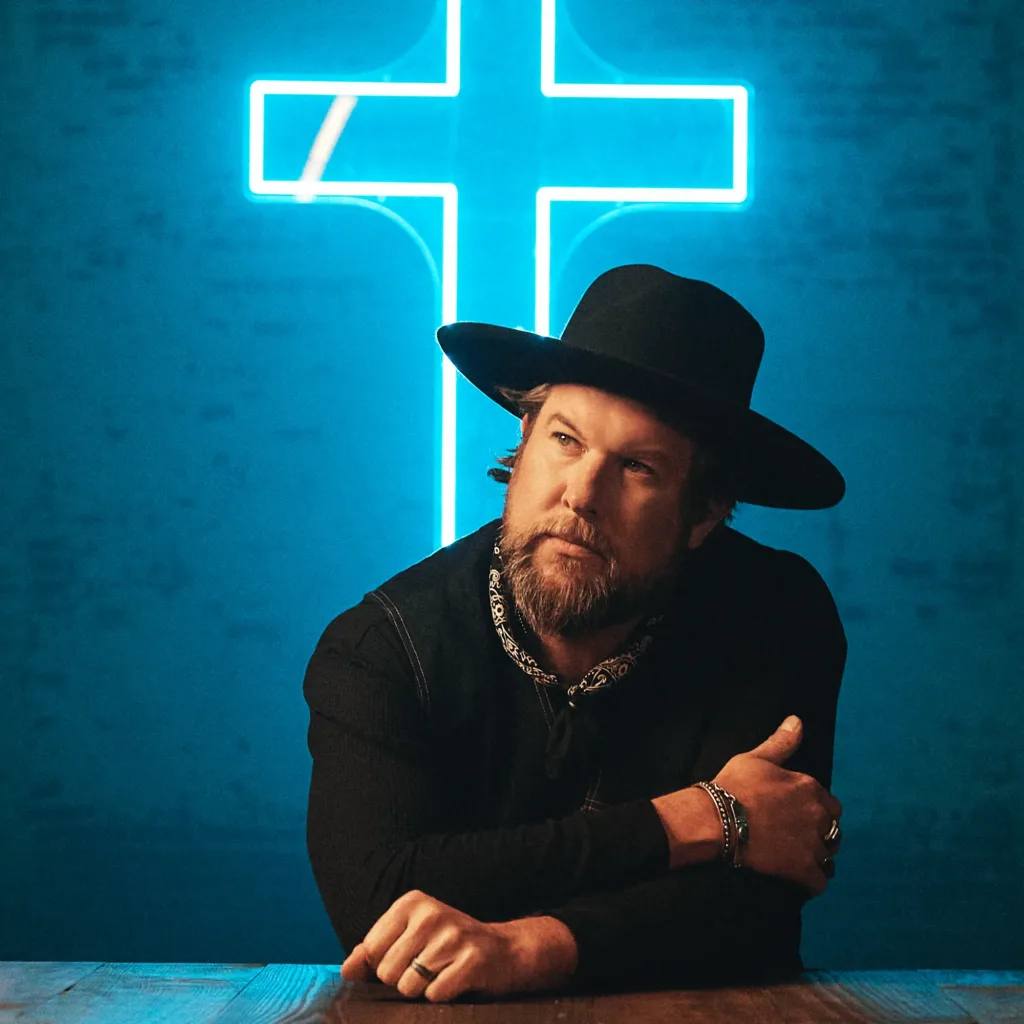Jesus answered and said, “It is written, ‘Man shall not live by bread alone, but by every word that proceeds out of the mouth of God.’”
– Matthew 4:4 (Jubilee Bible 2000)
She sits nervously in the seat of the kiddie roller coaster, not comforted by the arms encircling her.
The ride clacks along the rail as her tension builds. She knows what is coming, and she scrunches her eyes tightly against it. The car tips downward and rushes toward the ground.
As the other children whoop around her, she screams.
“PONIES! I love ponies, and I’m not afraid to admit I love unicorns! I love ponies and unicorns! U..NI..CORNS!”
You may have seen the video of this little girl on America’s Funniest Home Videos. You may have snickered at her childish reaction. But you know you’ve been there. Life careens downward and your brain runs screaming irrationally to the first safe place that comes to mind. At least, I’m pretty sure yours does, because that little girl and I can’t be the only ones who bolt for the emotional trap door when life gets scary.
Unicorns would be the natural place to run for little girls, because they’re beautiful and magical. When we grow up, though, our hiding places change. We can’t swallow stories about one-horned horses that fly. In fact, Bible critics point to references to unicorns in older versions of the Scriptures as one reason the Bible is a nothing more than a collection of myths. I have news for them, though.
Unicorns are real.
At least, the Siberian unicorn is.
A well-preserved skull of an extinct rhinoceros has been unearthed near the village of Kozhamzhar in the Pavlodar region of Kazakhstan. This rhino is actually Elasmotherium sibiricum, a rhinoceros which was previously thought by secular scientists to be long extinct before man appeared on the earth. It is believed the Siberian unicorn could grow to be about 6.7 feet tall and 15 feet long. Evidence now indicates that the unicorn lived alongside humans, according to an article published in the February 2016 issue of the American Journal of Applied Science.
So what is the “unicorn” spoken of in older versions of the Bible? The confusion appears to originate with the evolving definition of the word “unicorn.”
The current Webster’s New World Dictionary defines the word as “a mythical horselike animal with a single horn growing from its forehead.” But Noah Webster’s American Dictionary of the English Language of 1828, however, defined a unicorn as “an animal with one horn; the monoceros.”
A study of the Scriptures using the term “unicorn” confirms the fearsome qualities of an animal more resembling a rhinoceros than a one-horned horse. It’s another example of how our misconceptions of the Bible keep us from believing it.
It’s easy to miss the truth when we have our eyes closed and we’re screaming the first thing that comes to our minds.
I’m not afraid to admit I love ponies and unicorns and most of the rest of God’s creatures. But when life gets scary, you’ll find me running to God’s Word for help.
And I’m not afraid to admit it.
For further study:
Unicorn-A mythical horselike animal with a single horn growing from its forehead.
–Webster’s New World Dictionary
- an animal with one horn; the monoceros. this name is often applied to the rhinoceros.
-Noah Webster’s American Dictionary of the English Language of 1828
The beautiful title “Siberian unicorn” belongs to Elasmotherium sibiricum – an elasmotherium Siberian rhinoceros, which as previously thought became extinct 350,000 years ago. Nowadays the researchers of Tomsk State University (TSU) decided the “unicorn” found his last refuge “only” 29,000 years ago in Kazakhstan. The article, describing the new location of the fossil mammals in the Pavlodar Irtysh, was published in February 2016 in the American Journal of Applied Science.
From the King James Version:
Job 39:9-12
Psalm 22:21; 29:6; 92:10
Isaiah 34:7
Numbers 23:22; 24:8
Deut. 33:17
Job 39:9, 10





















Leave a Reply